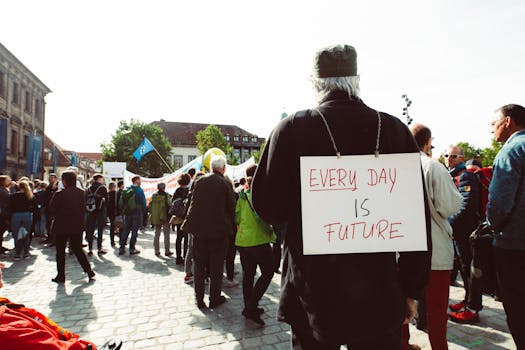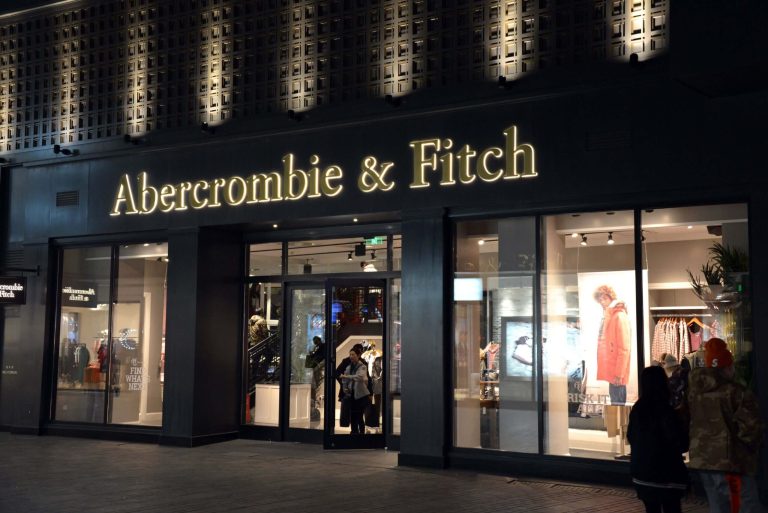
Urban Green Spaces: The Future of Outdoor Living in European Cities by 2025
Urban Green Spaces are becoming increasingly important in European cities, as they provide a sustainable and healthy environment for citizens to live, work, and interact with their surroundings. With the growing trend of urbanization, cities are looking for innovative ways to incorporate green spaces into their infrastructure, promoting a better quality of life for their inhabitants.
Introduction to Urban Green Spaces
Urban Green Spaces refer to areas in cities that are dedicated to parks, gardens, and other green areas. These spaces are designed to provide a peaceful escape from the hustle and bustle of city life, while also promoting environmental sustainability and social interaction. From rooftop gardens to urban parks, green spaces are being integrated into city planning to create a more livable and sustainable environment.
Benefits of Urban Green Spaces
The benefits of urban green spaces are numerous. They provide a natural habitat for wildlife, help to reduce air pollution, and mitigate the urban heat island effect. Green spaces also have a positive impact on mental health, reducing stress and anxiety, and promoting a sense of community and social connection. Furthermore, urban green spaces can help to increase property values, enhance the aesthetic appeal of cities, and support local economic growth.
Examples of Urban Green Spaces in European Cities
Many European cities are leading the way in incorporating urban green spaces into their infrastructure. For example, Copenhagen’s green roof initiative has resulted in over 60% of the city’s roofs being covered in vegetation. In Barcelona, the Superblock program has transformed the city’s streets into green spaces, reducing traffic and promoting pedestrian-friendly areas. Similarly, in Vienna, the city’s parks and gardens account for over 50% of its urban area, making it one of the greenest cities in the world.
The Future of Urban Green Spaces
As we look to the future, it is clear that urban green spaces will play an increasingly important role in shaping the sustainability and livability of European cities. With the European Union’s goal of becoming carbon neutral by 2050, cities will need to incorporate more green spaces into their infrastructure to reduce their environmental footprint. Additionally, the growing trend of urbanization will require cities to be more innovative and creative in their use of space, incorporating green areas into their design to promote a better quality of life for their inhabitants.
Conclusion
In conclusion, urban green spaces are the future of outdoor living in European cities. As cities continue to grow and evolve, it is essential that they incorporate more green spaces into their infrastructure to promote sustainability, social interaction, and a better quality of life for their inhabitants. By 2025, we can expect to see even more innovative and creative examples of urban green spaces in European cities, setting a new standard for outdoor living and urban design.






